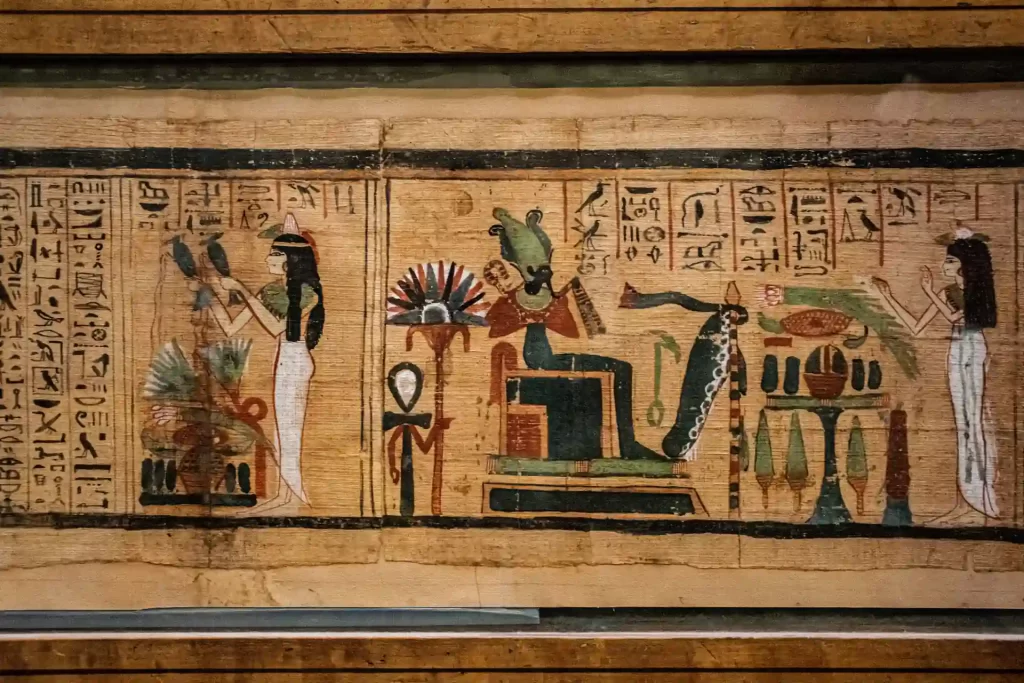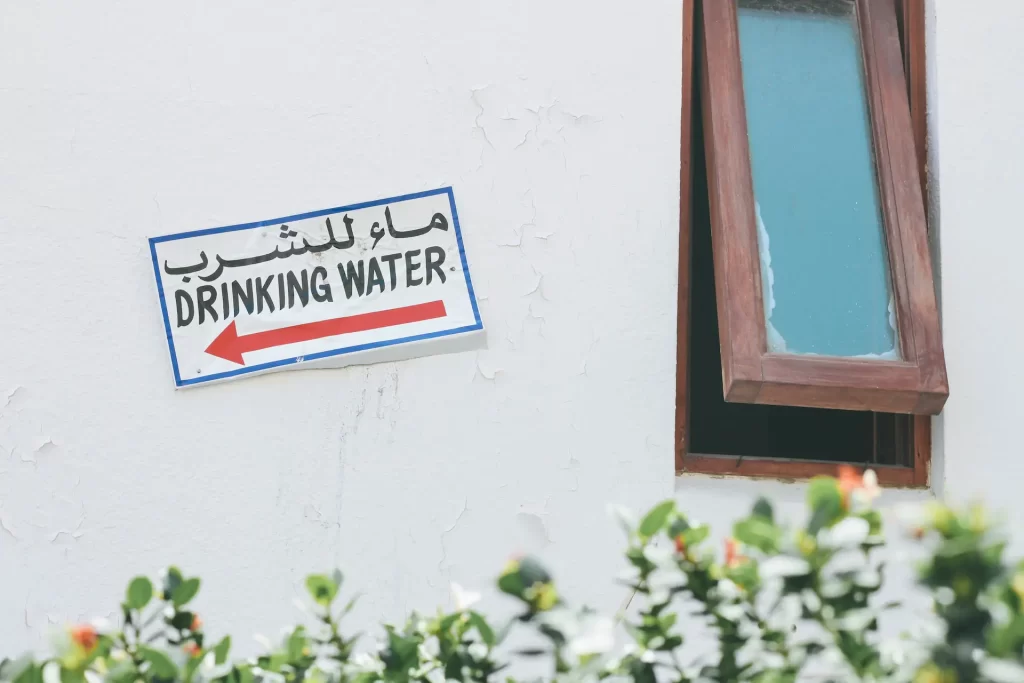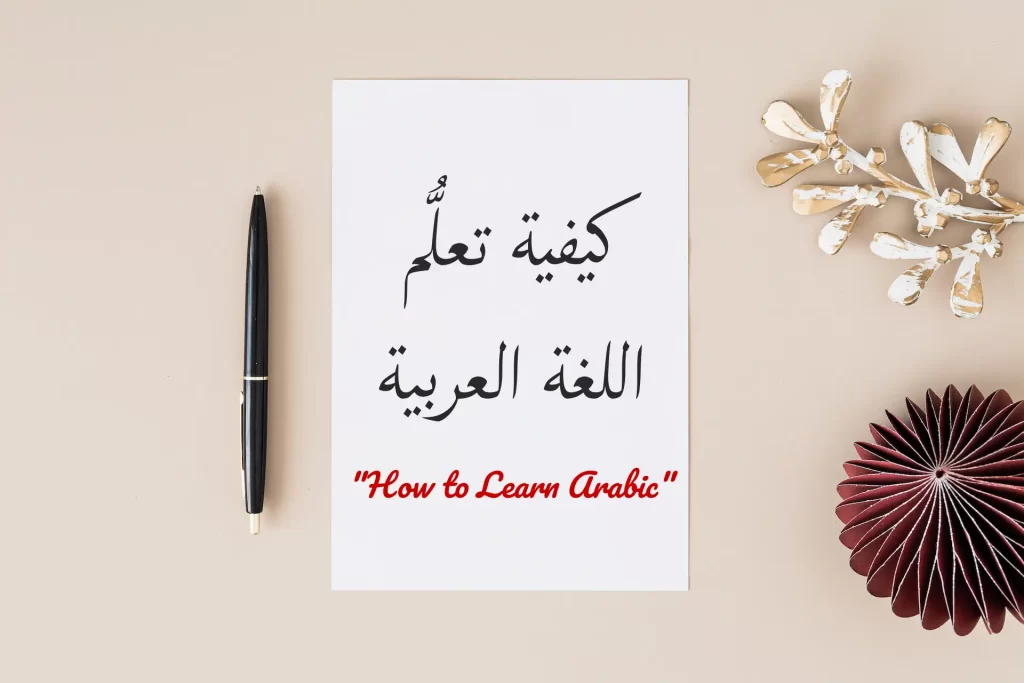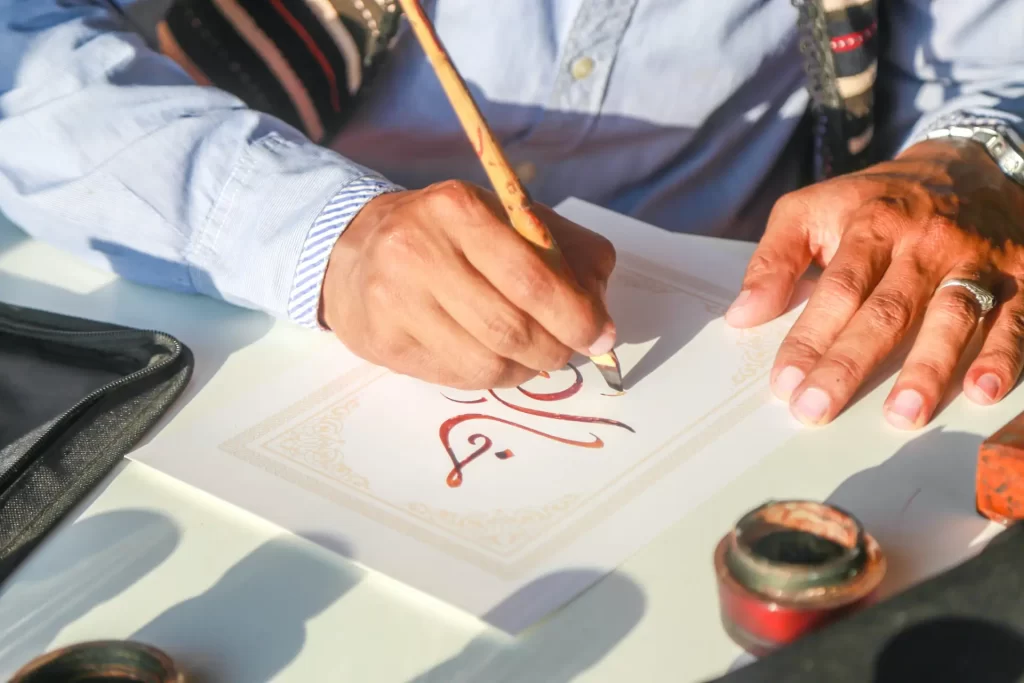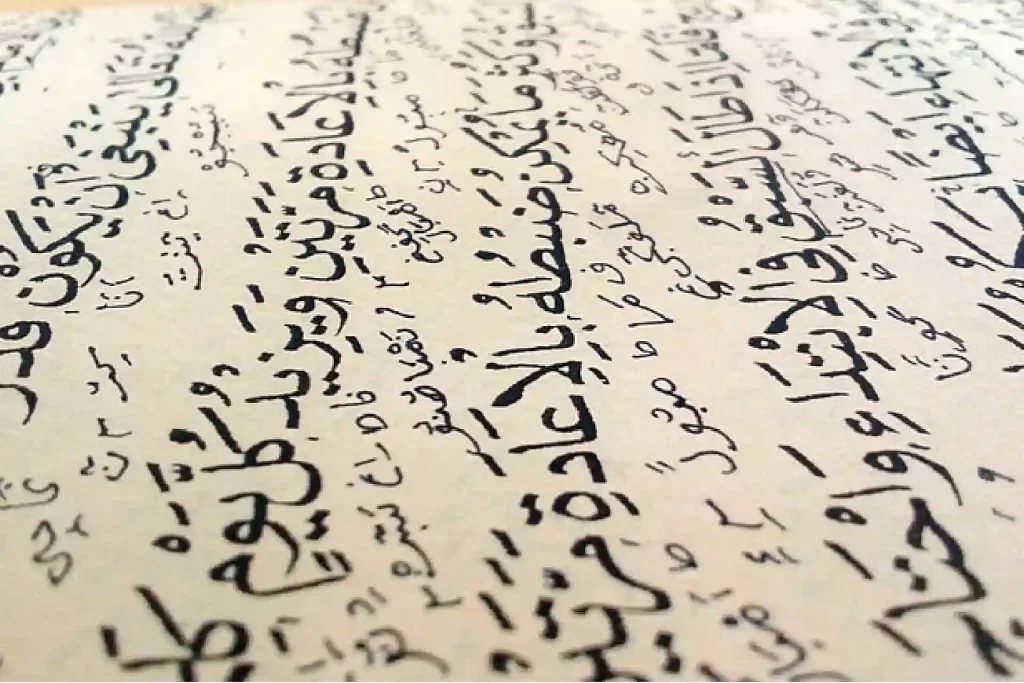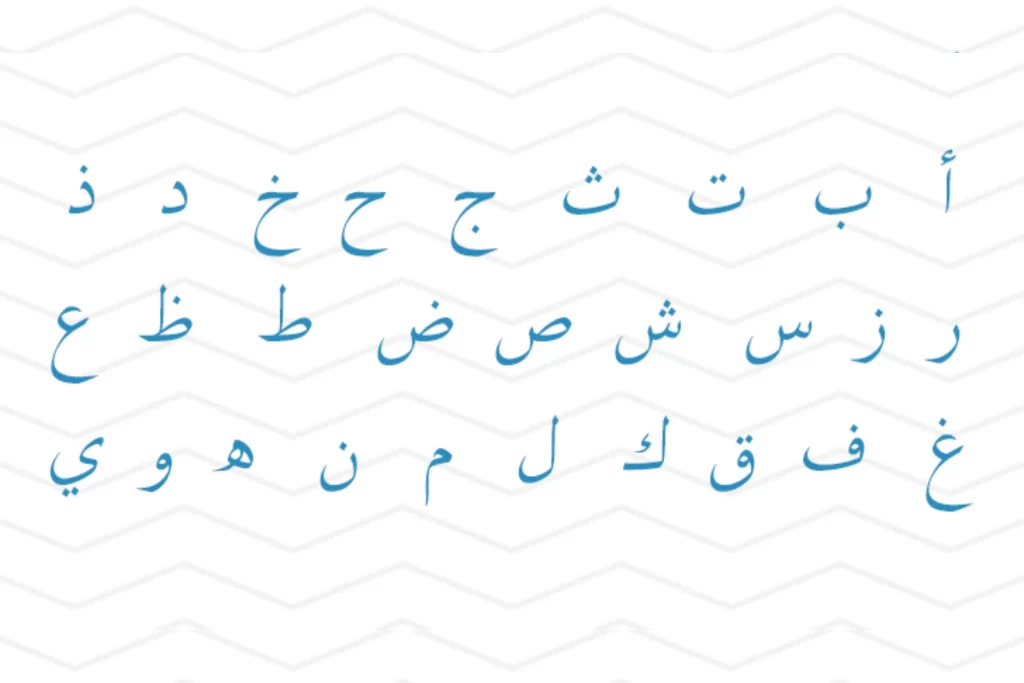The Egyptian Language: A Thrilling and Rich History
In this blog post, we will explore the answers for the most important 8 questions that might come to your mind when intending to learn the language that is spoken by Egyptians. Also, we’ll explore the intricacies of the Egyptian language, its unique characteristics, the best ways to learn and master this ancient tongue and why it is a must-learn for anyone interested in Arabic. Whether you’re a language enthusiast, a student, or simply curious about Egyptian culture, this post will unravel the mysteries and unveil the beauty of Egypt’s language. The Egyptian Language: A Rich History and Culture It’s also known as Masri or Egyptian Arabic, is the Egyptian national language and it is spoken by approximately more than 110 million people worldwide. It is a dialect of the Arabic language that holds a special place in the hearts of millions. It is distinct from other Arabic dialects, with its unique vocabulary, grammar, and pronunciation. Head to this article to know more about other Arabic dialects. With a rich heritage, the history of Egypt’s language dates back to thousands of years. It is an amalgamation of ancient Egyptian, Coptic, and Arabic influences, influenced by the many civilizations that have inhabited Egypt, including the Greeks, Romans, Ottomans, and French. As a result, the language of Egyptians has a unique linguistic tapestry that reflects Egypt’s vibrant identity and has a rich, diverse vocabulary, making it a fascinating language to learn. The Influence of History on the Egyptian Dialect The evolution of the Egyptian dialect has been heavily influenced by Egypt’s rich history and geographic position. Centuries of external cultural influences have left their mark on the language in Egypt in subtle yet significant ways. Egypt’s strategic location along major trade and migration routes meant it was exposed to languages from all over the world throughout history. Key historic influences include: This melting pot of cultural and linguistic exchanges over millennia have shaped this language into a truly eclectic yet cohesive dialect with its own unique charm. Learning about its history provides valuable context for appreciating Egypt’s language. Modern Standard Arabic vs. Egyptian Arabic One question that often arises is whether Egyptian Arabic is different from Modern Standard Arabic. The answer is yes. While Modern Standard Arabic is the formal language used in literature, media, and formal settings across the Arab world, Egyptian Arabic is a colloquial dialect that varies significantly from Modern Standard Arabic. Egyptians speak Egyptian Arabic in their daily lives, using a unique vocabulary, grammar, and pronunciation. Therefore, if your goal is to communicate with Egyptians or immerse yourself in Egyptian culture, learning their language is essential. Some key differences between Egyptian Arabic and MSA include: So while Egyptians speak a form of Arabic as their native language, there are important differences between Egyptian Arabic and the standardized version that make it a unique dialect worth learning in its own right. This language serves as a window into the identity and soul of modern Egyptian culture. Egyptian Arabic Alphabet: A Fusion of Tradition and Modernity The Egyptian Arabic alphabet is derived from the Arabic script, showcasing similarities with Modern Standard Arabic (MSA), the formal variant of the language. The written alphabet is the same but spoken Egyptian Arabic has some phonetic idiosyncrasies worth practicing. The Egyptian dialect includes additional sounds, such as the “hamza (ء)” that is used instead of the letter “Qaaf (ق)” in many words like the word (Monkey) that will be translated to (إرد) in Egyptian language and (قِرد) in Modern Standard Arabic, which lend it a distinctive flavor. Mastering the pronunciation of key Egyptian alphabet letters is important for clearly communicating in the dialect without unintentionally signaling that you’re a foreigner. The Importance of Learning Egyptian Arabic It is a crucial language for anyone interested in Arabic and the Middle East. Also, It is the most widely spoken Arabic dialect, understood by the majority of Arabic speakers worldwide. Additionally, Egypt is an essential cultural and economic hub in the region, making knowledge of the language a valuable asset for business, travel, and cultural immersion. Furthermore, learning this dialect allows for a deeper understanding of the country’s culture, customs, and traditions. It is a gateway to understanding the rich history of Egypt, from ancient civilizations to modern society. Egyptians are also known for their hospitality and warmth, and learning their language can help bridge cultural gaps and build meaningful connections. Is Egyptian Arabic the Best Dialect to Learn? Many language enthusiasts wonder about this question. While there is no definitive answer, This dialect holds a prominent position due to Egypt’s historical and cultural influence in the Arab world. It is widely understood and appreciated by Arabic speakers, making it a practical choice for those interested in communicating with a broader range of people. However, it’s important to note that Arabic dialects vary across regions, and while Egyptian Arabic is widely spoken, it may not be universally understood in every Arab country. How to Learn Egyptian Arabic? Now that you understand the significance of the Egyptian language and its unique characteristics, let’s explore the best ways to learn and master this fascinating dialect. While there is no one-size-fits-all approach, we recommend a combination of immersive experiences, language courses, and cultural immersion to truly grasp the essence of this language: Egyptian Slang, Sayings, and Expressions No exploration of Egypt’s language would be complete without delving into its vibrant slang, sayings, and expressions. Egyptians have a unique way of expressing themselves, often using colorful idioms and phrases that add flavor to their conversations. Learning these colloquial expressions will not only help you communicate more naturally but also showcase your understanding and appreciation of Egyptian culture. Some popular Egyptian sayings include: Conclusion In conclusion, Egypt’s language is a beautiful, rich, and essential language to learn for anyone interested in Arabic and the Middle East. With its unique history, diverse vocabulary, and cultural significance, it offers a gateway to understanding and connecting with the people of Egypt. So why wait?
The Egyptian Language: A Thrilling and Rich History Read More »

